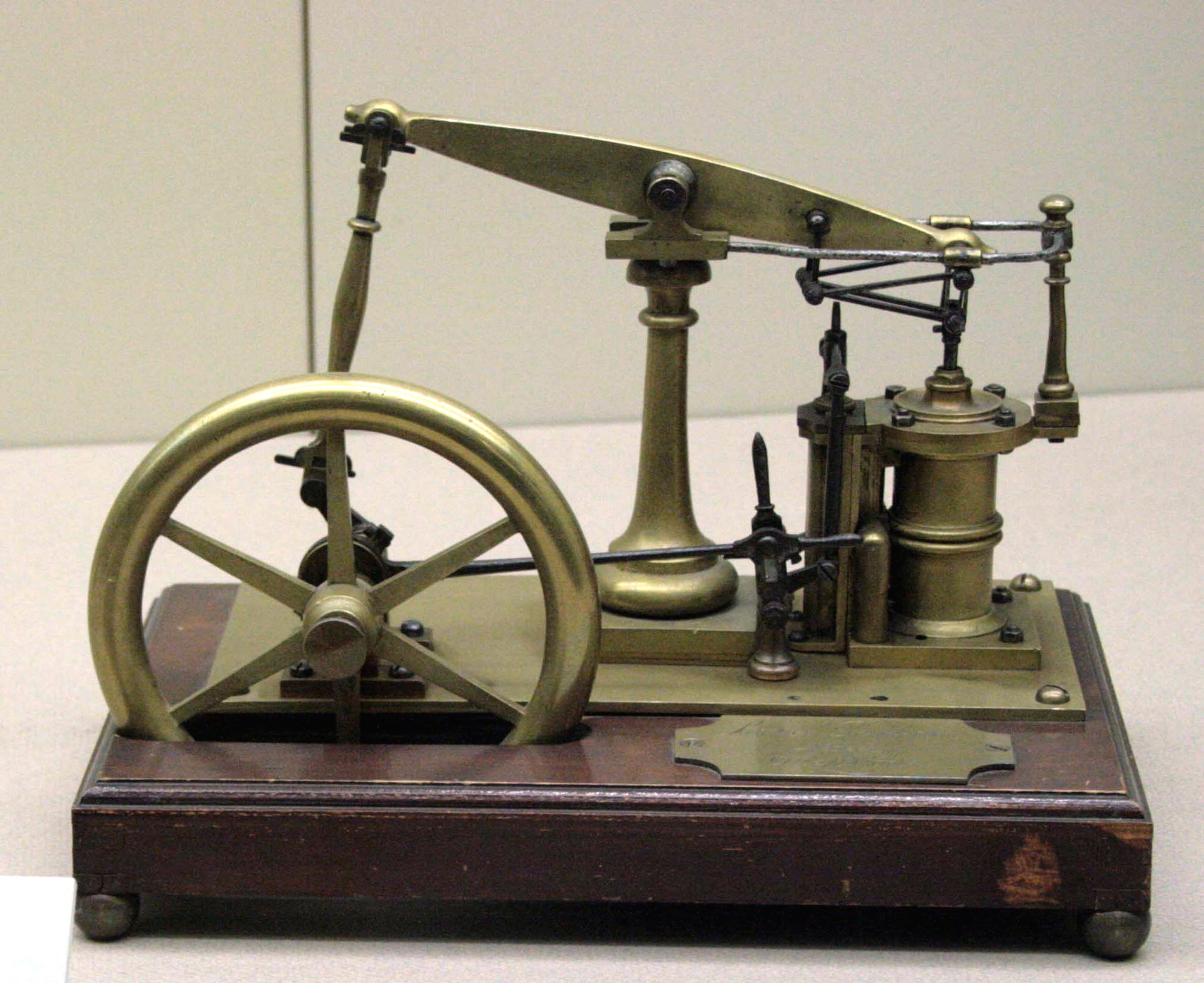The steam engine was one of the most important inventions of the Industrial Revolution: it powered the factory system which made the revolution happen in the first place.

image source: https://search.creativecommons.org/photos/7be89db8-8098-46c9-924c-edcdc0f713b7
Before steam power was used in all sorts of applications including mines, locomotives and steamboats, products were made one at a time by individual workers, who worked at home or in small workshops that were powered by water, wind, horses or other workers.
What did steam power change?
The first useful steam engine was invented by Thomas Newcomen in 1712. The Newcomen engine was used to pump water out of mines. However, steam power really took off with improvements made by James Watt in 1778. The Watt steam engine improved the efficiency of steam engines considerably since his engines could be smaller and use less coal.

image source:https://en.wikipedia.org/wiki/Steam_engine#/media/File:JamesWattEngine.jpg
As machinery became more and more involved in the layout of the factories, the steam power provided a reliable power source that could be used to power large machines, while allowing factories to be located anywhere. By the early 1800s, Watt steam engines were used all over England.
How was the factory system structured?
The factory system of the First Industrial Revolution introduced new ways of making products cheaper, in less time and in larger volume. Some of the key characteristics of the factory system include:
Centralized workplace
Rather than have individual workers spread out in their homes and workshops, the factory was a large central place where many workers came together to make products. Factories were necessary because the machinery was expensive, large, and needed both power and many workers to be operated.
Division of labor

Different workers each have a specific task in making the product. Each worker can specialize in one small task and doesn’t have to know how to make the entire product. Many of the workers could be “unskilled” workers because they only needed to be taught one simple task that they would repeat over and over.
image source: https://search.creativecommons.org/photos/97bc8bd1-2410-4da9-bec8-de3577ad41b9 by Dominic’s pics
Standardized parts
Different parts of a product were standardized. This meant they were built the same way and to the same measurements. This concept eventually led to interchangeable parts where individual parts could easily be replaced and repaired.

image source: https://search.creativecommons.org/photos/20d38329-7ee6-49ce-9bce-ab0e40bd9a70 by kevin dooley
